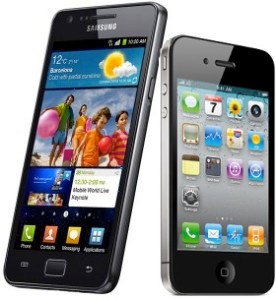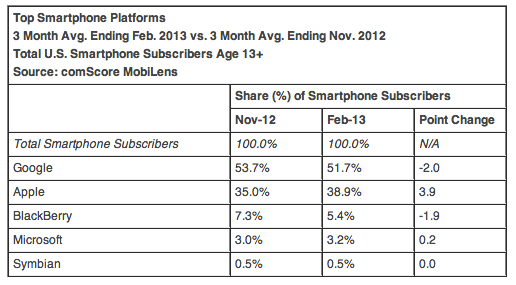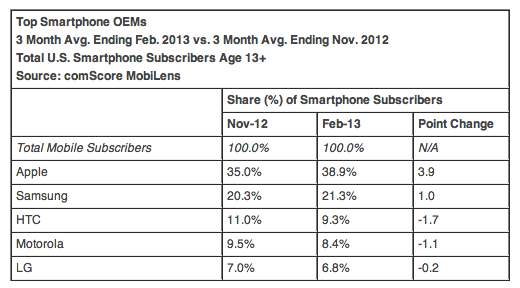If you looking for affordable VPN for iPhone, click here to visit HMA VPN. It costs $7/month only with unlimited usage.
Setting up VPN for iPhone is very easy. Apple iPhone come with VPN support that you can connect VPN in iPhone without any difficulties. Here list the simple steps to make the connection:
- Sign up an account with VPN provider. I am using HMA VPN at $7/month and the account can be shared with my iPad, Mac and Apple TV.
- HMA should give you login information like IP address, user and password. Make sure the account is L2TP, PPTP or IPSec. OpenVPN is not supported in iPhone
- On your iPhone, touch the Settings app, select General > Network > VPN > Add VPN Configuration
- Enter the information you got from HMA
Now the basic configuration is done. Now you have the option to turn on/off VPN when needed. Make sure you see the VPN on top if you are surfing secured information in public environment.
What to do with VPN for iPhone?
- You may watch Netflix on iPhone outside US when you connect to VPN server in United States

- You may make secured but cheap overseas call with Skype over VPN
- You may unblock access to Facebook and Twitter if you are physically located in China.
- You may even listen to Last.fm or Pandora when you are travelling aboard














